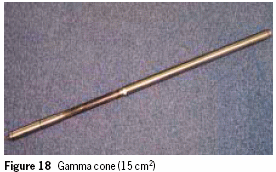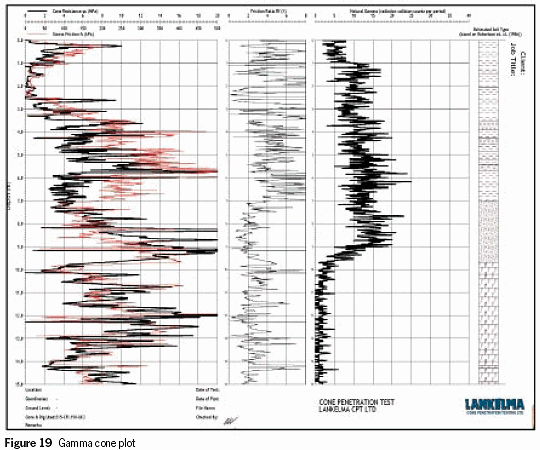Buy the Book
Published By Lankelma
Lankelma is the foremost contractor for onshore in-situ soil testing in the UK. An acknowledged
specialist in CPT, Lankelma also offers a worldwide consultancy and training service.
A.P. van den Berg develops, designs and manufactures geotechnical and environmental soil
investigation equipment for onshore and offshore applications. Specialists in CPT systems and equipment.
Gardline
Gardline Geosciences offers worldwide marine geotechnics, in-house consutancy and services with marine
investigations ranging from nearshore to full ocean depth (down to 3000m).
About the Author
Hans Brouwer studied civil engineering at Delft University in The Netherlands. He has
worked as a part-time lecturer at Amsterdam Polytechnic and was senior partner in a structural
engineering consultancy. He has written a standard textbook in Dutch about the design of
building foundations. He now lives in England where he writes technical textbooks in
English, hopefully to reach a bigger readership.
Quick Links:
Chapter 4
Part 1: Special cones: geotechnical cones
Gamma cone
GAMMA CONE 4.2
|
Gamma rays
Gamma-ray measurements detect variations in the natural radioactivity
originating from changes in concentrations of the trace elements
uranium (U) and thorium (Th) as well as changes in concentration of the
major soil-forming element potassium (K).
Since the concentrations of these naturally occurring radioactive
elements vary between different soil types, natural gamma-ray logging
provides an important tool for lithological mapping and stratigraphical
correlation.
Radiation detectors
Most geophysical logging is conducted through open boreholes or
plastics-cased holes using probes that contain detectors that are at
least 25 mm in diameter. These detectors can easily measure changes
in natural radiation with depth, and characterise different soil types and
lithologies in most soil types. The ability of a radiation detector to detect
subtle changes in soil types is proportional to the size of the detector
and the statistical variations in the radiation emitted by the soils.
|
 | Gamma cone
In CPT applications, a gamma-reading unit is mounted inside a specially designed housing which, in turn, is fixed behind a conventional CPT cone (Figure 18). This allows both the geotechnical data from the cone and the gamma readings to be taken simultaneously.
Test results
Tests conducted in steel-cased holes with small detectors have found that adequate resolution to characterise the soil type can be obtained. This may not be true in some geographic locations, but the results indicate that gamma logging for differentiating soil stratigraphy is possible with small detectors. This may be due to the fact the CPT method only slightly displaces the virgin material so that very little ‘excavation’ takes place, leaving the undisturbed material in close proximity to the detector. |
| | Clay or chalk?
Clays are generally derived from ancient geological environments and
have high levels of naturally occurring gamma radiation.
Figure 19 shows a CPT sounding result where it is not clear from the
friction ratio if the stratum below 7 m is a silty sand or chalk stratum.
Gamma radiation in sands and silt are still significant while the amount
of natural gamma radiation in chalk is negligible. The stratum below
9.5 m can therefore be marked as chalk. |
<< Previous PageNext Page >>



